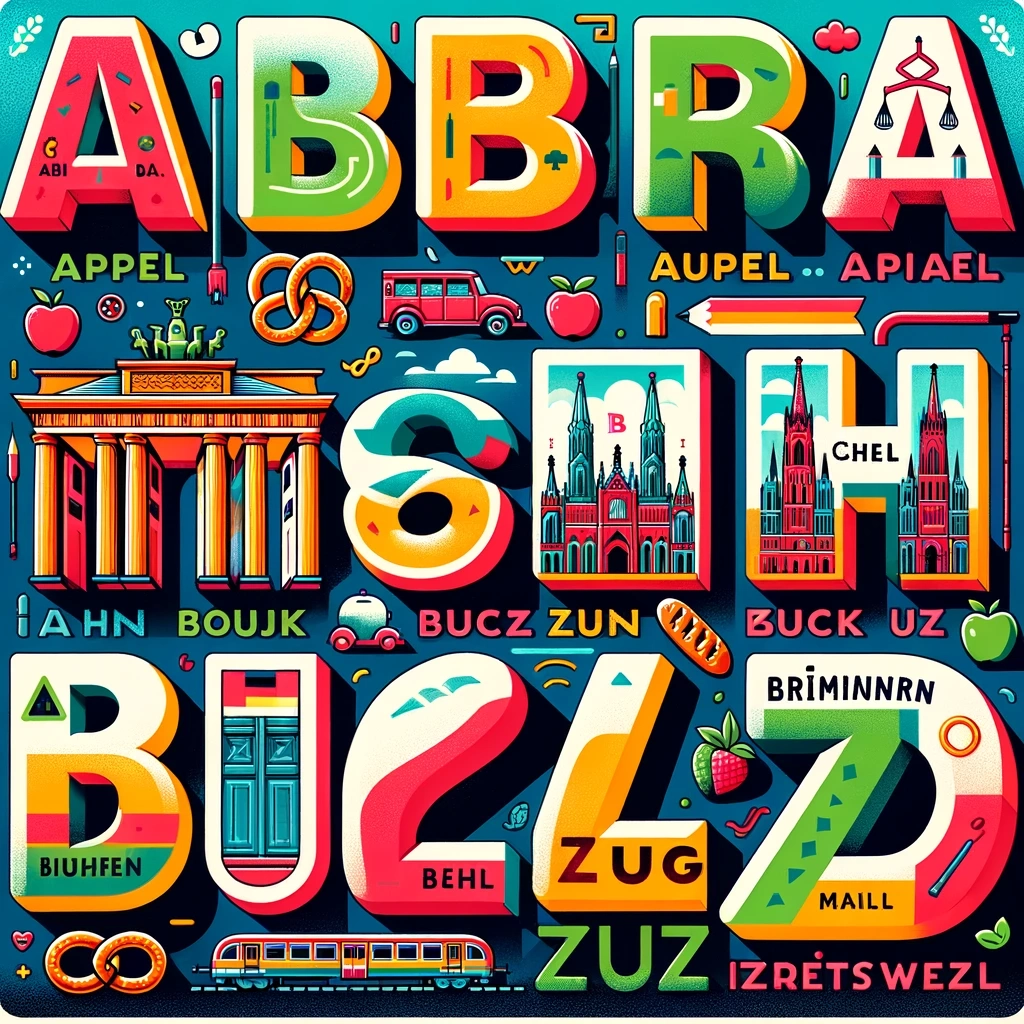Differences between the German alphabet and the Turkish alphabet

In this article, starting from the historical origins of both alphabets, we will focus on the number of letters used, the sound values of the letters, special letters and the similarities and differences in the alphabet.
Introduction
Table of Contents
The origin of the alphabet, the historical evolution of writing and the structure of the language shape the alphabet of a language. Turkish and German are two languages that differ in terms of their origins and the alphabets used, and understanding these differences plays an important role in language learning.
Historical Origin of the Alphabet
- Turkish Alphabet: The Turkish alphabet was adopted as an alphabet based on the Latin alphabet in 1928. This change took place under the leadership of Mustafa Kemal Atatürk, the founder of the Republic of Turkey. This alphabet replaced the previously used Arabic alphabet.
- German Alphabet: The German alphabet is based on the Latin alphabet and has been used since the Middle Ages. The German alphabet contains some special characters in addition to the basic Latin alphabet.
Letter Numbers and Structures
- Turkish Alphabet: Turkish alphabet consists of 29 letters. These letters contain the letters of the Latin alphabet from A to Z and include three additional letters Ğ, İ and Ş.
- German Alphabet: The German alphabet, in addition to the 26 letters of the basic Latin alphabet, contains three special vowels, Ä, Ö, and Ü, and one special consonant, ß (Eszett or scharfes S), making it 30 letters in total.
Sound Values of Letters
- Vowels and Consonants: In both languages, vowels (vowels) and consonants (consonants) form the basic phonemes. However, the sound values of some letters differ between two languages.
- Special Sounds: Letters such as special vowels (Ä, Ö, Ü) in German and soft G (Ğ) in Turkish are the unique sound characteristics of both languages.
Spelling Rules and Spelling Differences
- Capitalization: While nouns and nouns start with a capital letter in German, in Turkish this rule only applies to sentence beginnings and proper nouns.
- Spelling Rules: While the spelling in Turkish is generally close to the pronunciation, in German the pronunciation of some letters may differ from the spelling.
Similarities
- Both languages are based on the Latin alphabet.
- The basic letter sets (A-Z) are largely similar.
Conclusion
Comparative study of the German and Turkish alphabets is an important step in language learning. In addition to providing a broader understanding of the field of linguistics, this review also reveals the cultural and historical connections between the two languages.
The historical development of the German alphabet has a rich history, reflecting the evolution of the Latin alphabet and the characteristics of the Germanic languages. This history plays an important role in understanding the current form of the German language and script.
This article summarizes the basic features of both alphabets and aims to be a useful guide for language learners. Learning the alphabet of both languages in more depth will contribute to the development of language skills.
